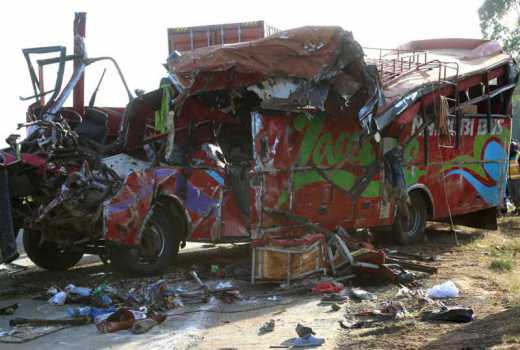
A Kenyan parody is made of the American Dream. In this parody, it is said that the Kenyan Dream consists of a man with one wife, two children, three cars, a house in the leafy suburbs set on four acres, five miles from the town where the man works to earn a six-figure salary that pays his seven domestic workers who maintain his property that is next to an eight-lane Super-highway.
All the components of this Kenyan dream are attainable in one’s lifetime save the last one. Kenya has only one Super-highway presently and only a select few have managed to get more than three acres adjacent to it. My first major road trip took place in 1976. It happened by dint of change of family fortunes.